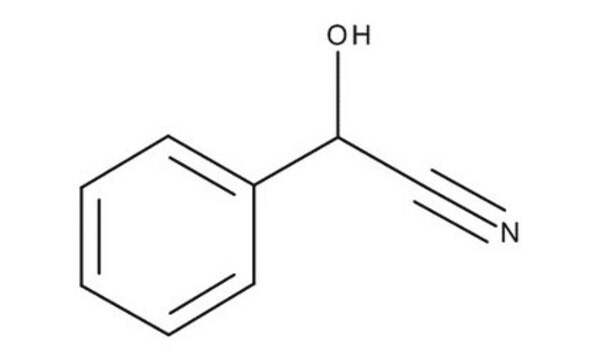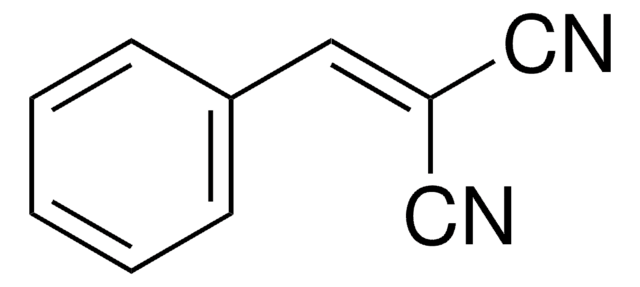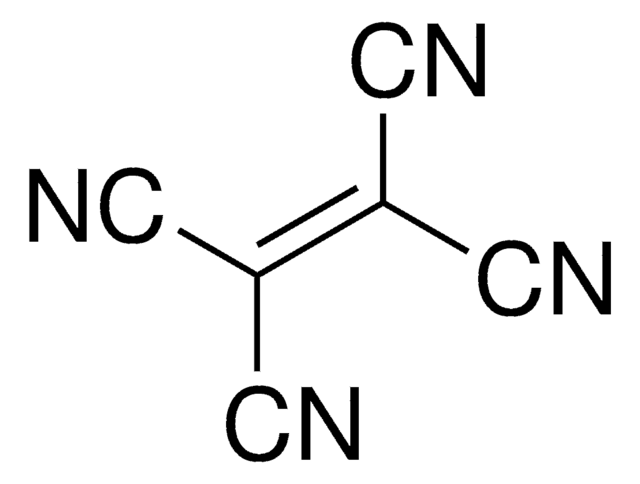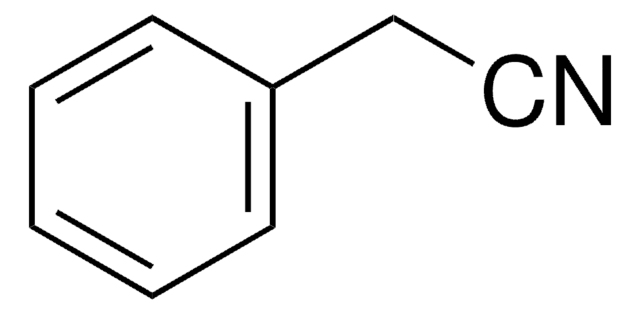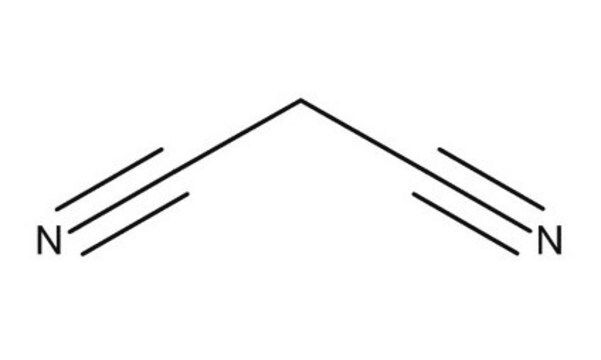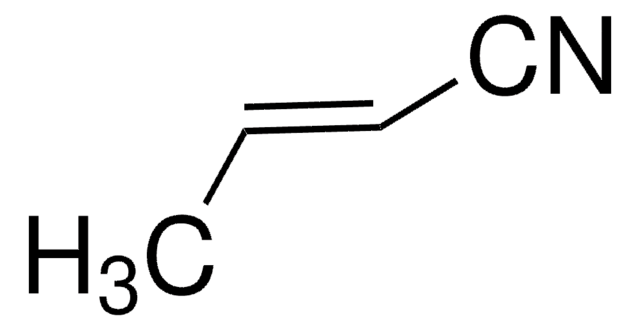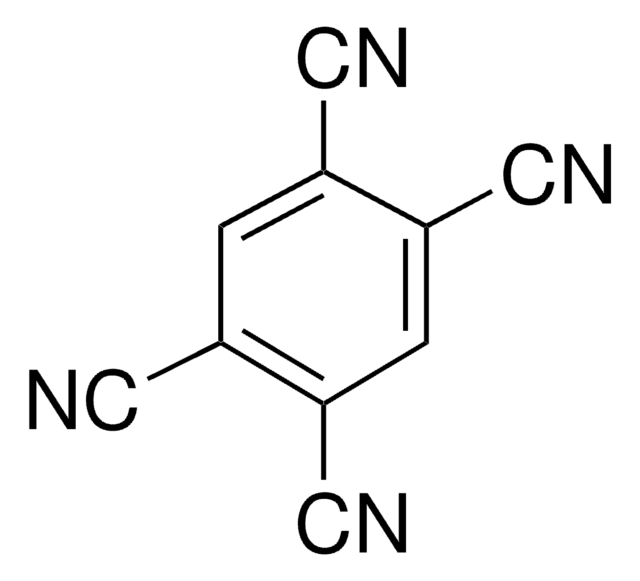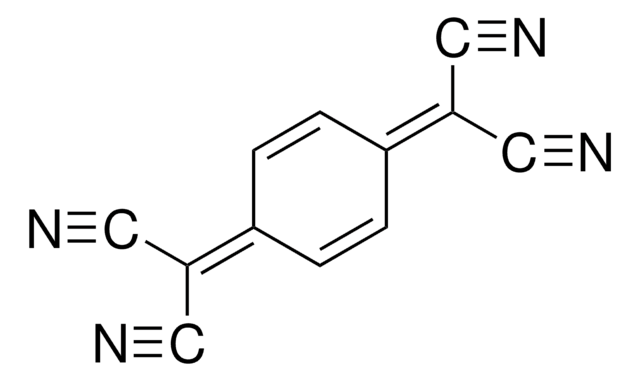推薦產品
品質等級
化驗
98%
形狀
solid
bp
186 °C (lit.)
mp
93-95 °C (lit.)
溶解度
ethanol: 50 (mg/mL; colorless to yellow)
官能基
nitrile
SMILES 字串
N#C\C=C\C#N
InChI
1S/C4H2N2/c5-3-1-2-4-6/h1-2H/b2-1+
InChI 密鑰
KYPOHTVBFVELTG-OWOJBTEDSA-N
尋找類似的產品? 前往 產品比較指南
訊號詞
Danger
危險聲明
危險分類
Acute Tox. 3 Oral
儲存類別代碼
6.1C - Combustible acute toxic Cat.3 / toxic compounds or compounds which causing chronic effects
水污染物質分類(WGK)
WGK 3
閃點(°F)
Not applicable
閃點(°C)
Not applicable
個人防護裝備
Eyeshields, Faceshields, Gloves, type P2 (EN 143) respirator cartridges
客戶也查看了
Alicja B Veselá et al.
Applied microbiology and biotechnology, 100(5), 2193-2202 (2015-11-02)
The aim of this study was to discover new nitrilases with useful activities, especially towards dinitriles that are precursors of high-value cyano acids. Genes coding for putative nitrilases of different origins (fungal, plant, or bacterial) with moderate similarities to known
Stéphane Pagès et al.
The journal of physical chemistry. A, 110(24), 7547-7553 (2006-06-16)
The ultrafast ground state recovery (GSR) dynamics of the radical cation of perylene, Pe(*+), generated upon bimolecular photoinduced electron transfer in acetonitrile, has been investigated using pump-pump-probe spectroscopy. With 1,4-dicyanobenzene as electron acceptor, the free ion yield is substantial and
Yinlong Yang et al.
Biomaterials, 33(31), 7803-7809 (2012-07-24)
We report a new strategy of using carrier-free pure near-infrared (NIR) dye nanoparticles (NPs) to achieve highly luminescent NIR fluorescent probes for in vitro and in vivo imaging. Bis(4-(N-(2-naphthyl)phenylamino) phenyl)-fumaronitrile (NPAPF) NPs are shown to exhibit favorable biocompatibility, wide-range pH
R Schlegelmilch et al.
Journal of applied toxicology : JAT, 8(3), 201-209 (1988-06-01)
Two aliphatic nitriles, acetonitrile and fumaronitrile were tested for their genotoxic potential in three mutagenicity test systems: the Salmonella/microsome-assay, an assay using Saccharomyces cerevisiae (strain D7), and the bone marrow micronucleus test. Both compounds were tested with and without metabolic
J M Wyatt et al.
Biodegradation, 6(2), 93-107 (1995-06-01)
Effluent from the manufacture of acrylonitrile is difficult to biodegrade. It contains nine major organic components: acetic acid, acrylonitrile, acrylamide, acrylic acid, acrolein, cyanopyridine, fumaronitrile, succinonitrile, and maleimide. A range of bacteria have been isolated that can grow on, or
我們的科學家團隊在所有研究領域都有豐富的經驗,包括生命科學、材料科學、化學合成、色譜、分析等.
聯絡技術服務
